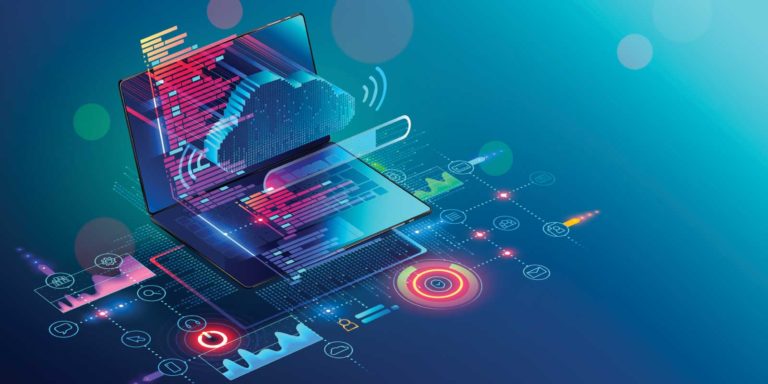
Webinar: Tuesday, April 29th @1pm
Winning at Retention-
Proven Strategies to Reduce Cancellations, Winback Customers & Drive Lifetime Value
Sign up Now

As business leaders note that hybrid work is going to continue in 2022, companies have already established new practices so employees both in the office and at home can be successful. This includes salespeople and their managers, so companies are seeking services that can help increase communication and output, which bridges the gap between in-office and remote employees.
Efficiency in business operations and how we get things done in the workplace has changed. More companies are adopting sales enablement software-as-a-service (SaaS) tech stacks. But choosing the right stack to take the friction out of your process is important. Holistic sales operations tech is emerging that helps sales teams do things like pull reports and prepare sales pitches – keeping things running smoothly. Tools like this give you more room to think about your output versus your cost in sales so you can generate revenue.
In 2022, I expect to see sales enablement transform into sales acceleration among sales teams. Unlike sales enablement, sales acceleration is focused more on the tools you put in place and how you hire people to manage the process.
It’s obvious that sales enablement is evolving with the increasing rise of SaaS technologies. Below are four ways SaaS is making sales enablement more efficient and effective in 2022 and beyond.
The marketing bottleneck is one of the biggest challenges for cross-departmental workflows. Most sales teams will rely on marketing to help them create sales collateral that aligns with the business’s brand. In fact, 1 in 3 people say their marketing department alone is responsible for creating and maintaining any company presentations.
Using presentation software with smart technologies can help even the most entry-level sales reps create professional presentations. With features like carefully curated template libraries, artificial intelligence-driven slides, and branded presentation themes, it’s easier than ever to stay visually consistent and on-brand from pitch to pitch. Sales teams can now create their own decks without being at the mercy of the marketing team’s bandwidth.
The ability to present and pitch in a hybrid setting has made it incredibly easy to engage with potential customers through video, and speeds up the time it takes to close more business. Two years ago, a salesperson would spend about half their time traveling to and from in-person meetings. That’s no longer the case.
The bottom line is that the workflows are faster, easier, and more natural today than before with sales presentations – meaning you get more deals done faster. This shift teaches salespeople how to be entrepreneurs and show up differently in all that they do.
The use of imagery and assets has increasingly become more important in presentation design. This is great, but poses a challenge for non-designers: When you have access to everything, how do you know what imagery is best for a presentation?
In 2022, I expect to see design tech – or software that helps professionals create engaging presentations – take off. Design tech will help non-designers choose the right assets with pre-selected imagery that helps engage the audience rather than distract. This new element of design will help teams win more sales, tell stories more effectively, and save hours of time in the process.
Analytics is often an underrated and underutilized tool among sales teams. Analytics in presentations tell teams how many views their sales pitch decks are getting, how long people are spending on each slide, and which slides are being skipped altogether. This information allows teams to unpack which content is resonating well with their audience, and what’s missing the mark, so they can tailor future presentations to be more effective. Simple insights can help sales reps produce more successful sales collateral with bigger wins.
Jason Lapp is a startup executive and growth expert – currently the chief executive officer of Beautiful.ai.
Get the latest sales leadership insight, strategies, and best practices delivered weekly to your inbox.
Sign up NOW →